Our latest video for our blog introduces Wobbly Wednesday, the annual awareness raising day for nystagmus!
The video features some of our trustees, including our founder and chairman explaining why the Nystagmus Network is so important.
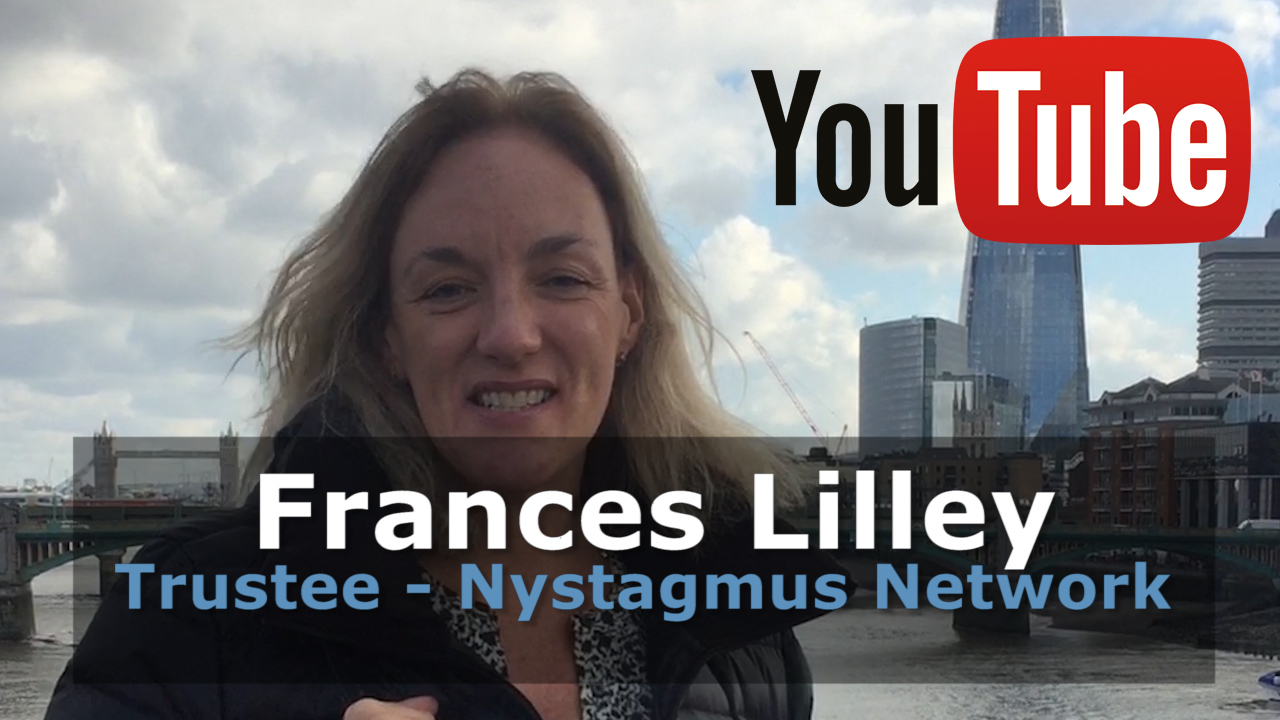
Our latest video for our blog introduces Wobbly Wednesday, the annual awareness raising day for nystagmus!
The video features some of our trustees, including our founder and chairman explaining why the Nystagmus Network is so important.
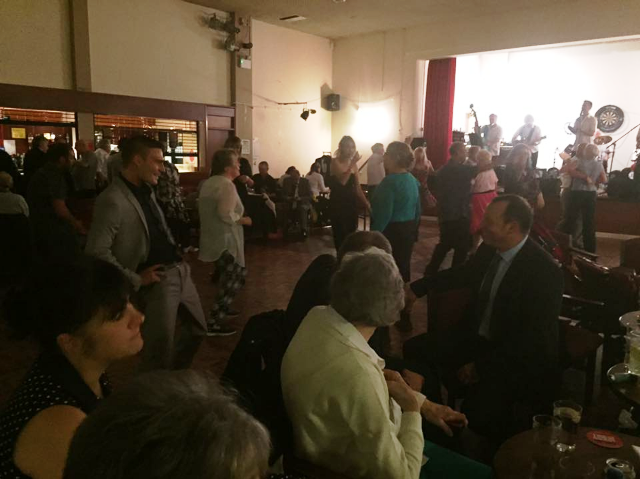
Jon and Rachael Sweeney organised a charity rock and roll night at their local social club on Saturday 29 October. Their son, Oliver, has nystagmus. They wanted to raise money for the Nystagmus Network to give something back after the support and information they received. Jon says:
“I had never heard of Nystagmus until our Ollie came along but with the help of The Nystagmus Network we have a better understanding of this condition.”
Not only did they invite all their friends and family to come along for the party, but Rachael set about contacting local businesses and theatres asking if they’d contribute a raffle prize.
“I wanted to raise as much money as possible for this charity.”
The couple set up a Justgiving page here: https://www.justgiving.com/fundraising/jon-sweeney1 and on the night itself raised a whopping £1,403 in cash.
A huge thank you to Rachael and Jon and all their supporters.

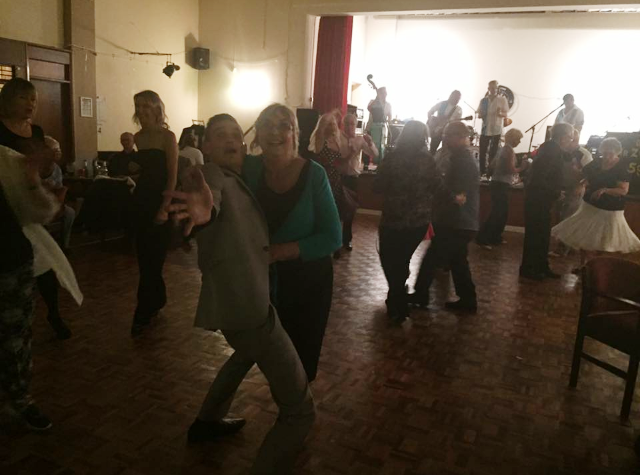
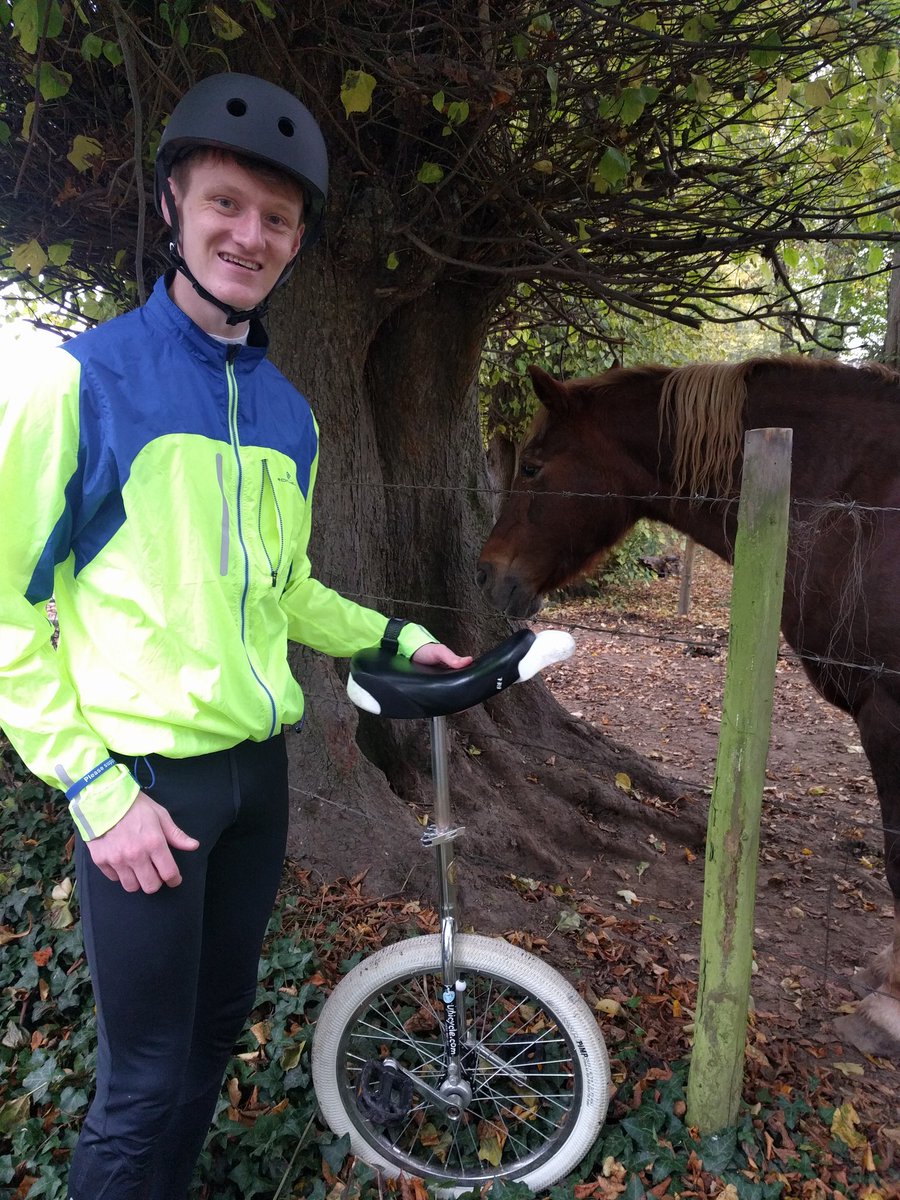
On Saturday 29 October young Research Orthoptist, Daniel Osborne, kicked off a whole raft of Wobbly Wednesday activities at the Southampton Eye Unit in real style by riding a 12 mile route around the town on his unicycle.
Fuelled by dates, flap jack, fed to him at regular intervals by his stalwart outrider, Kathryn Greenhalgh, who rode the entire distance with him on a bicycle, as well as a desire to help idiopathically visually impaired children, Dan cycled from Winchester to Southampton to raise money for the Nystagmus Network and awareness of nystagmus. His journey covered some 20km and took just under 3.5 hours.
Dan sends out a special thank you to everyone who met him at the finish line and a very big thanks to everyone who has donated to his Just Giving page. So far Dan has already raised almost £500 but the page is still open so anyone wishing to donate can do so here https://www.justgiving.com/fundraising/Daniel-Osborne5
There will be lots more Wobbly Wednesday events happening in the Eye Unit this week, so why not go along to join in the fun alongside the Nystagmus Network’s Chairman, Richard Wilson, if you’re in the area.
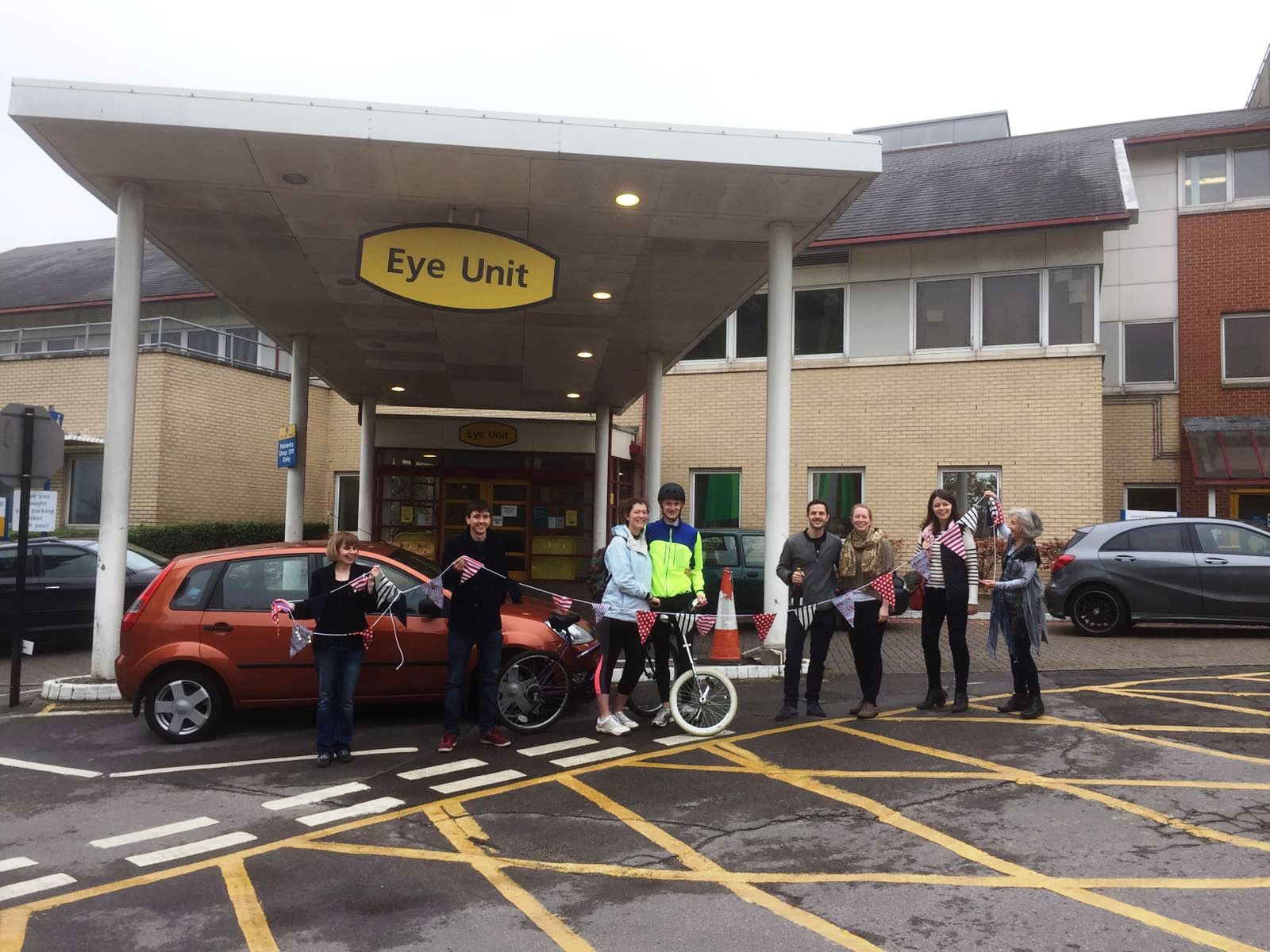
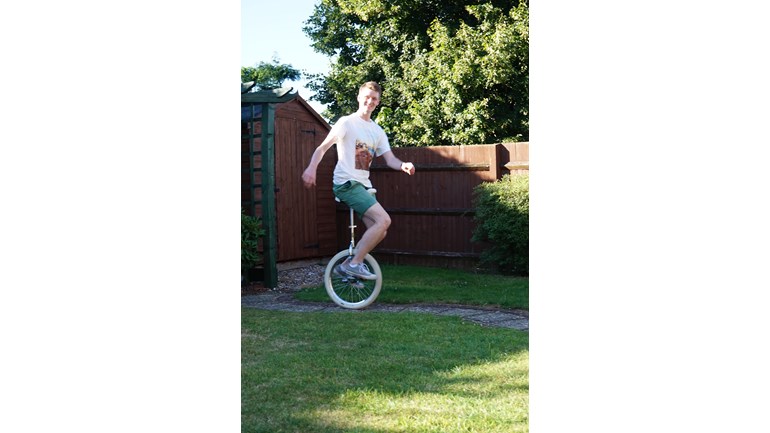
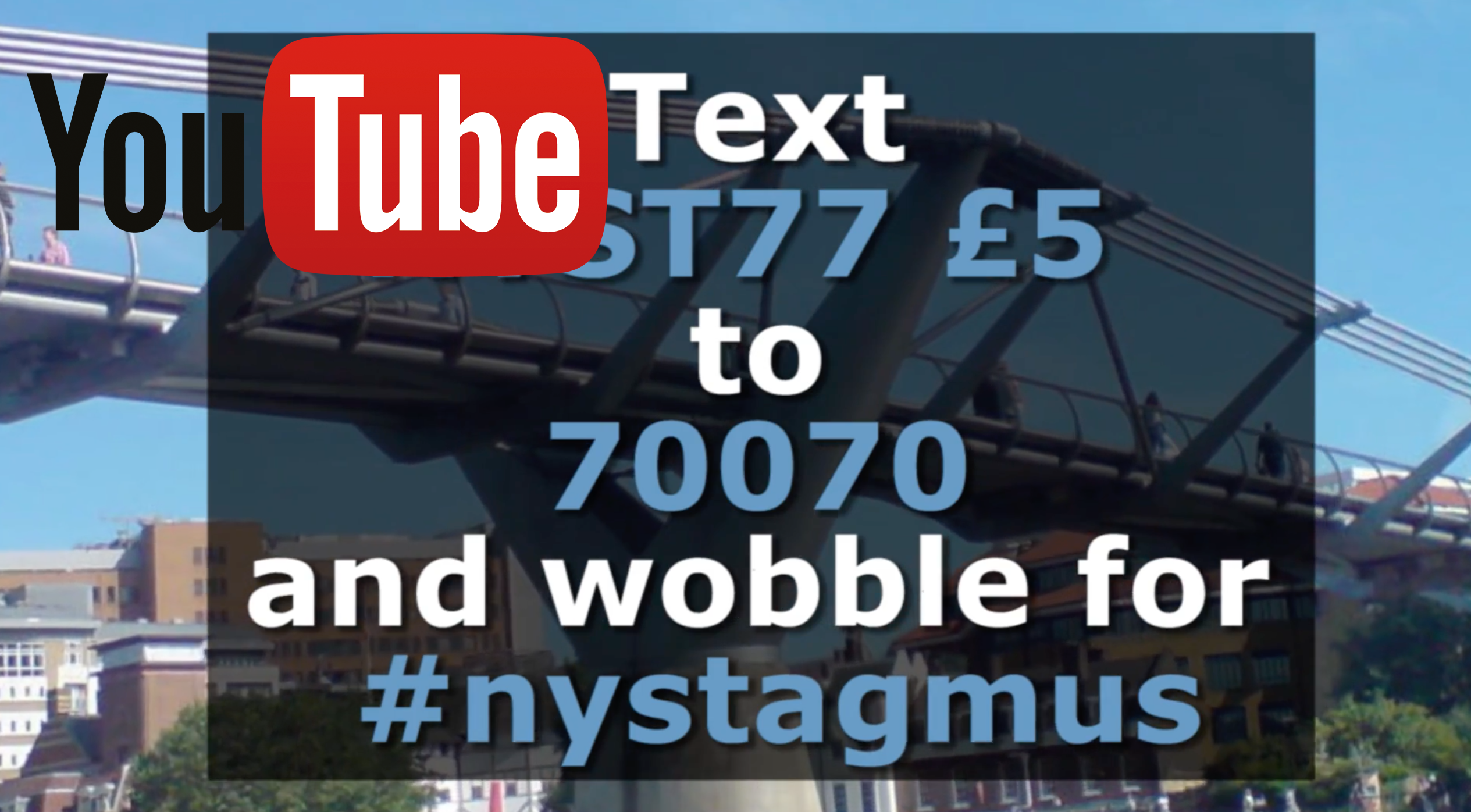
Our video this week focuses on Wobbly Wednesday and why your support is so important! It helps us raise awareness of nystagmus and make it the topic of discussion for the day.
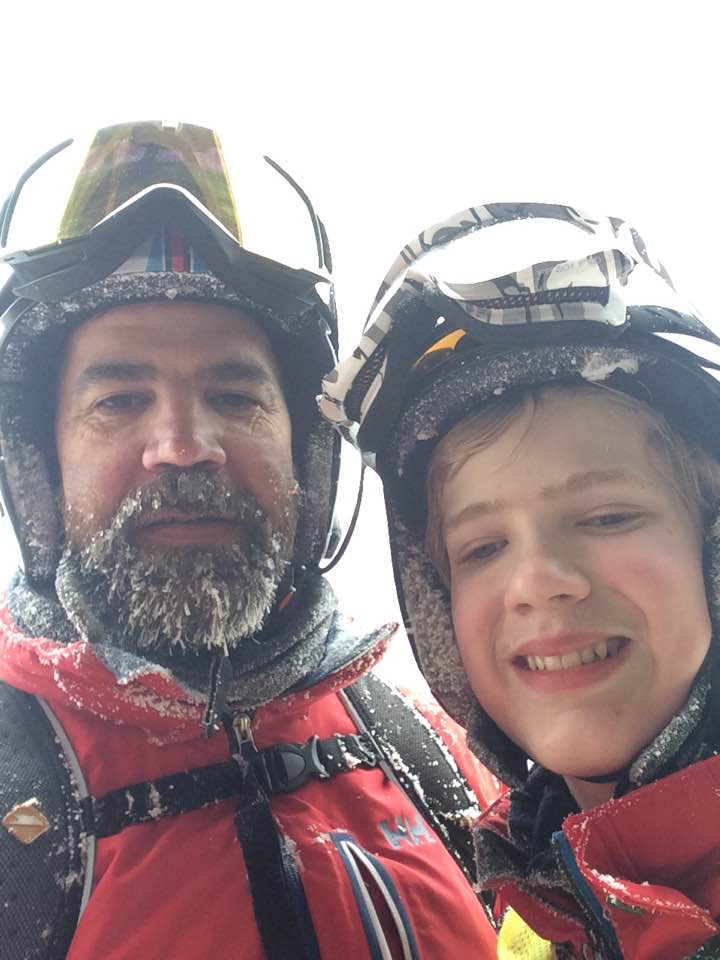
Our son Joshua was born with oculo-cutaneous albinism in 2003. It was a surprise to both our families as no one on either side had any recollection of anyone in the family having albinism.
The thing that has affected Josh most is his visual impairment. His eyes let in too much light due to the reduced pigment and he has nystagmus.
Josh was diagnosed aged 2. We had no idea there was anything wrong. We wondered why his eyes moved from side to side but he had coped perfectly as a toddler, learning to do everything when he was expected to and generally being loud and laughing a lot.
“Where have been some mile stones in our 13 year journey so far, with many more to come I’m sure!” Jamie Fuller
The key for us is to build strategies for situations and approach everything with a ‘how can I do that?’ attitude. Yes, we have to modify and adapt, but most of the time it works and even if we don’t ever do it again at least he can say ‘I’ve done that’.
We are now two years into senior school and Josh is in top sets for everything. He no longer has support in school and is fiercely independent. He uses an iPad and his teachers are aware of his needs.
The one area that remains difficult is team sports. From an early age we never discouraged team sports, but directed Josh towards sports he could do with a group of people rather than in a team. At the age of 9 Josh achieved his black belt in Tae Kwon Do. From a very early age he could swim like a fish. He has dabbled in other sports like kick boxing, but his main and true love has always been skiing.
Josh learnt to ski on family holidays from the age of 3 and immediately enjoyed the freedom and speed that came with it. Year after year he became more competent and about 2 years ago he asked if he could race in competitions.
“All the things Josh can’t do well evaporate the moment he gets on the slope.” Jamie Fuller
Josh skis with me as his guide. We communicate through headsets with me describing the terrain, the direction and obstacles to avoid. Getting into competitive skiing was difficult. We approached our local indoor ski centre but they were, at that time, unwilling to take a visually impaired person in their classes. We then approached Disability Snowsports. We joined them every month for a recreational session but this was not enough for Josh, he wanted to race!
Through contacts at the organisation the Paralympic Team GB Coach became aware of Josh and after many meetings, tests and discussions Josh was advised that he was not visually impaired enough to be classified by the IPC. So what now? Not visually impaired enough to be trained by that team and too visually impaired to ski without a guide.
We approached the ski race team at our local ski centre and asked if we could join them. We explained the situation, and they were very accommodating. Finally proper slalom race training began. Training is great, but Josh still wanted to race! Many emails later and with the help of lots of other enthusiastic people we are now racing in able bodied competitions. We have to abide by their rules and Josh doesn’t get any allowances in time for his visual impairment, but he regularly hits middle of the group for his age, something he is very proud of and something that boosts his confidence.
We have seen Josh progress at such a rate through skiing. He can’t ride a bike at 10mph and yet he can ski at 40mph easily and freely. Although Josh is awesome he is not alone, we ski with several visually impaired skiers, some far more impaired than Josh and they too experience freedom on snow.
“So there is something in this. I urge you to come and give it a go!” – Jamie Fuller
We have organised a few trial days for complete beginners and some sessions for those who already ski and would like to improve.
Learn to ski from just £11 per hour in Manchester, Hemel Hempstead, Milton Keynes or Castleford.
If you can already ski, string several turns together and stop confidently, we can offer monthly sessions of 1-2 hours for around £15 for you and your skiing guide.
Please contact us here to register your interest and we’ll let you know when and where.
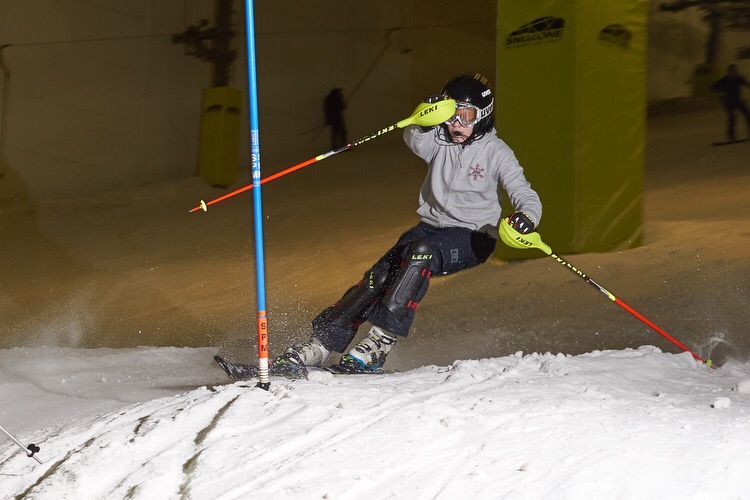
If you would like to take part in a skiing event please complete the form below.
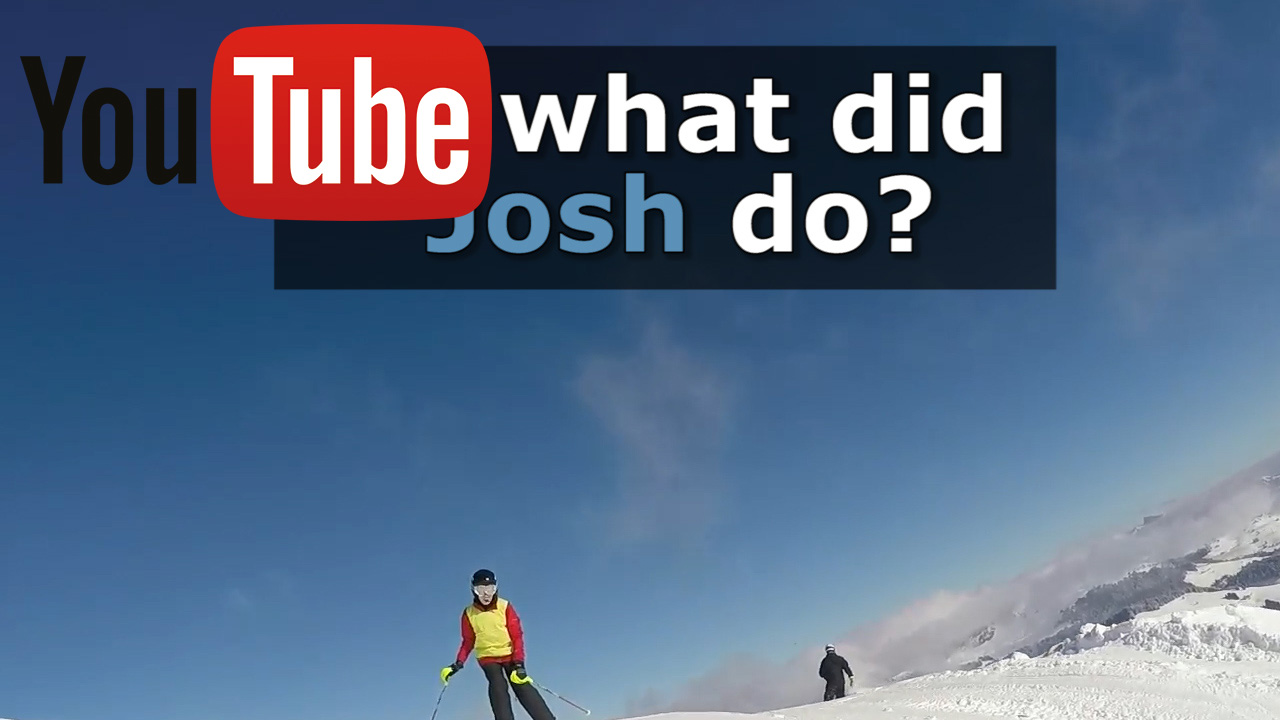
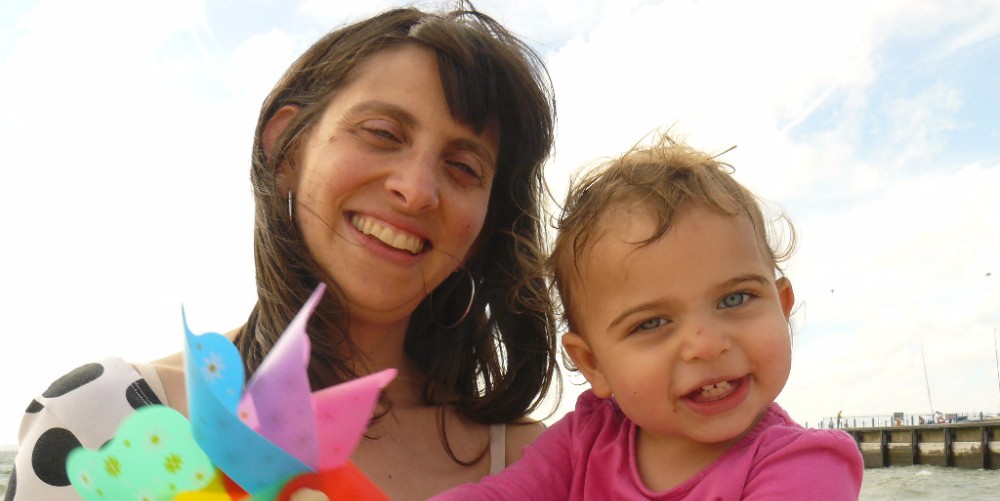
I made my first contribution to the Nystagmus Network Focus newsletter after much parental cajoling and days, weeks, months, if not years, of adolescent procrastination, in the mid-1990s. To save readers from searching the archive, I’ve got what I consider to be mild nystagmus and bad short sight and astigmatism.
Contact lenses are better than glasses but even with them I can’t see the numbers of buses until they’ve whizzed past the stop. All right, there are a few other inconveniences, like not being able to drive, but you get the picture. Well, here we are a couple of decades later and I am a parent.
“ My parents were brilliant about my nystagmus. I have to say that, they’re reading this!” – Julia
My daughter is 18 months old and it was clear from early on that her eyesight was better than mine; a smile from her father across the living room that I would not have seen without glasses brought a response from our few-week-old girl. So far, so no myopia. Nor have we seen any signs of nystagmus, so we congratulate ourselves on the random allocation of genes. (My father has nystagmus, hence the fear of passing it on.) That didn’t stop me from wondering about what sort of parent I would have been if she had had similar eye problems.
But how to help her understand my eyesight? As she gets to grips with the world around her, I realise it won’t be long before she’s pointing to the sky and saying, “Mummy, what’s that up there?” and I’ll have to go through the checklist. “Is it a bird? Is it a plane? Is it a figment of your imagination or mine?” How do I convince her that she doesn’t need to sit as close to the television as I do or hold books as close? Parenting: a catalogue of unknowns.
As she grows older, she is becoming more interested in story books, rather than picture books with one or two large-print words per page. I’m already having problems reading the text while allowing her to look at the book too. It’s just like that you’ll-have-to-share problem I had throughout primary school; I could never get close enough without hogging the textbook. Fortunately, I know most of the books we’ve got by heart by now, and no one is able to complain when I get a turn of phrase wrong — yet.
My nephew, aged three and a half, has recently issued the rude reminder that I’m pretty ropey at ball sports. I could tell that he was getting frustrated with my lack of volleying skills playing badminton in Grandma and Grandpa’s garden. I shan’t take it personally but will make a note to try to improve myself before my daughter gets to that stage.
My parents were brilliant about my nystagmus. I have to say that, they’re reading this. They were, though – in all areas but one, and that is that I learned to play the flute when really I wanted to play the cello. As I remember it, I was coerced into choosing the flute. My mother remembers it differently, but I think the arguments were as follows: the flute is smaller and easier to carry and, crucially, it goes sideways so you can get as close to the music as you need. Plus, James Galway has got nystagmus and he plays the flute. Valid arguments, yes, but I still believe that the cello is basically better than the flute and I’m sorry I didn’t get to learn it when I was young.
I have a number of experiences as a musician, albeit an amateur, related to my eyesight that I may share in another piece. I might not wait twenty years to file that copy. The moral of this story, though, is that if my child, nystagmus or no nystagmus, chooses to learn an instrument, she has free choice. But if she picks something large like the drums, the harp or the double bass, she’ll have to negotiate that with her father, the driver.
“If my child, nystagmus or no nystagmus, chooses to learn an instrument, she has free choice.” – Julia
If you have a story you would like to share with the nystagmus community through our newsletter please get in touch with us here.

Our latest video blog features an interview with one of our young members! In the video Tom talks about starting his new class at school and how he is a vital part of his school football team!
Everyone at the charity would like to say a big thank you to Tom for sharing his experiences.
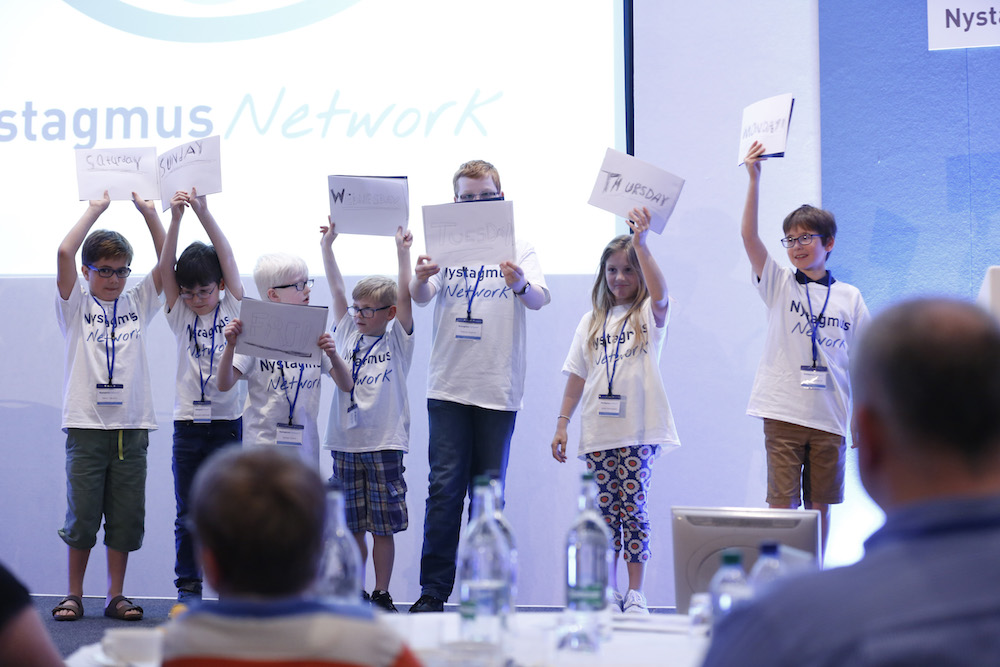
Today we are excited to officially announce our new volunteers at the Nystagmus Network! Earlier this year we started a recruitment drive to find people who were passionate and committed to supporting the nystagmus community as part of our peer-to-peer support model.
The charity was inundated with applications, ranging from adults with nystagmus to healthcare professionals. Following a short review, we are delighted to announce that the following people will be joining the Nystagmus Network as volunteers:
“Volunteers help us support our community!” – Richard Wilson, Chairman of the Nystagmus Network
Each of our new volunteers will play an important part in the work we do at the Nystagmus Network. They will be a direct link to the nystagmus community and they will be the main contacts for our new call back service the charity offers which can be accessed here.
Along with being very active on social media (such as our charity Facebook page) they will also use their experience and expertise to respond to queries submitted through our website here.
One of the main benefits of this volunteer service is that anyone who contacts the charity will be able to speak with someone who completely understands their own personal situation. This means that an adult with acquired nystagmus will be able to speak to another adult with the condition, while a parent to a child with congenital nystagmus will be able to speak with another parent. Through this new peer-to-peer support model we believe we will be able to better support the nystagmus community.
We hope you will join us in welcoming all ten of our volunteers to the charity and we are sure they will make a big difference! If you have any questions about our volunteer service you can get in touch with us here.
Have a great day from everyone at the Nystagmus Network!